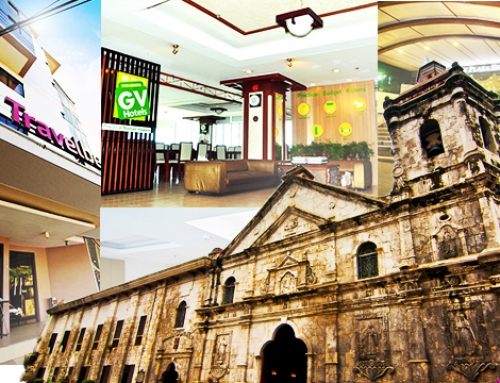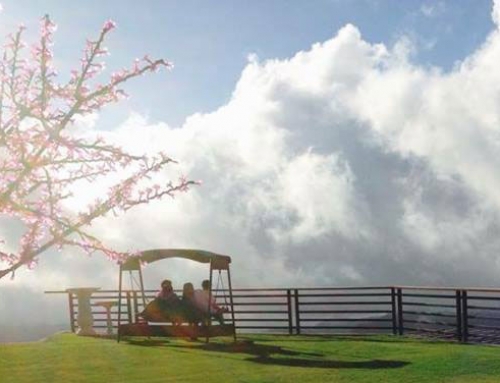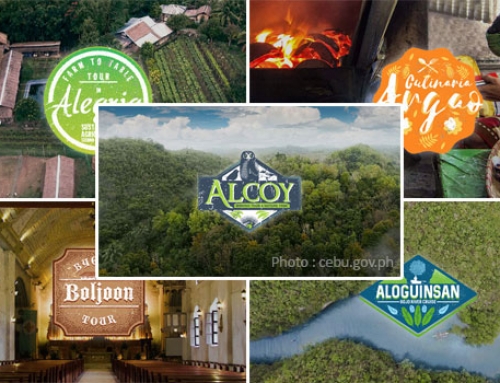Who hasn’t known about Bantayan? There at the west of the northernmost tip of Cebu lies an island bigger than the established Island of Mactan yet smaller in population and lesser in commercial infrastructures. Is it struggling economically and looked helpless in any way being far from modernization? A quick answer is “No”. Bantayan is an island paradise rich in historical treasury, nature’s gems and booming in marine and agricultural industry. If someone’s to ask how Bantayan really looks like up close, imagine a piece of land with surrounding islets laying quietly in an open sea. Its white sanded shores cheerfully meeting the crystal clear waters filled with marine treasures; and grounds carefully cultivated by few people in the most delicate and natural way possible – no pollution, excessive noise and heavy crimes. How does that appears to you?
The Island, The People, The Culture

Photo by the Philippine Information Agency
So, let’s talk a little bit more about the composition of this piece of paradise.
The main island of Bantayan has a total area of 110.71 square kilometers with about 137, 000 settlers. With no city in existence, the island is being divided into three municipalities – Bantayan, Madridejos and Sta. Fe. The Bantayan municipality, located at the central part of the island, is the biggest municipality with a first class merit. To its north is the municipality of Madridejos which is the fishing capital of the island and renowned for its beautiful sunset views; while to the southeast is the municipality of Sta. Fe which houses most of the resorts and entertainment pubs.

Photo by Photoblogger Elroy
If you go around the island and its surrounding islets, you will notice some relics of watchtowers and stone walls. The explanation of this dates back to the Spanish era when the island served as a lookout place for the Moro invaders who, during that time, have been raiding, robbing, murdering and selling people to be slaves. Those watchtowers were called “Bantayan sa Hari” which means “Watchtower of the King”, and the settlers had made a common expression of saying “Bantayan!” which means “Keep watch!” thus, the derivation of the island’s name.
It is believed that the people here were immigrants from the neighboring islands of Panay, Cebu, Leyte and Bohol. This is being evidenced by the family names of the early settlers and their differing dialects. If you haven’t been to Bantayan yet, you must know that the locals of the island don’t speak one dialect and this might explain the reason why. Before the Spanish colonization, the people of Bantayan, just like in any other part of the country, believed in the idea of worshiping trees, plants, animals and any other spirits they thought to exist. When Spaniards came, they were introduced to Christianity and the friars built parish churches. At present, the island has become a renowned destination for Holy Week.
Editor’s Note: More about Bantayan Island in the next page.







Join the Conversation